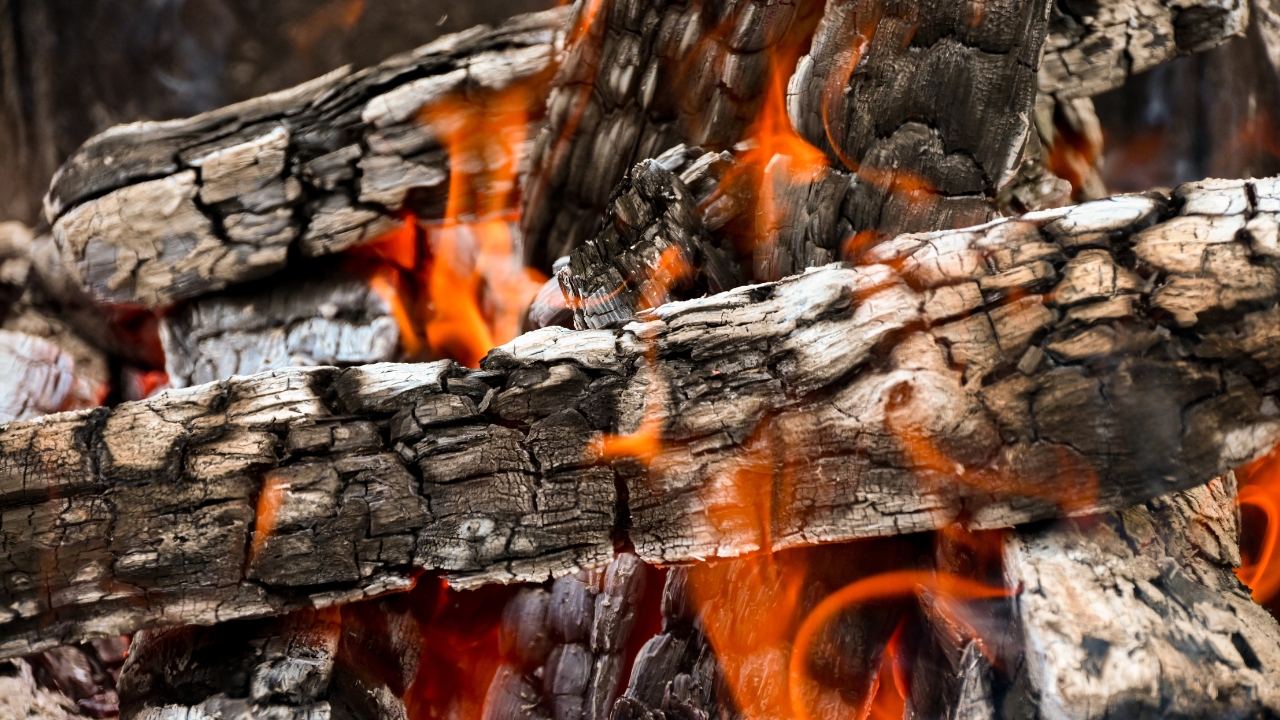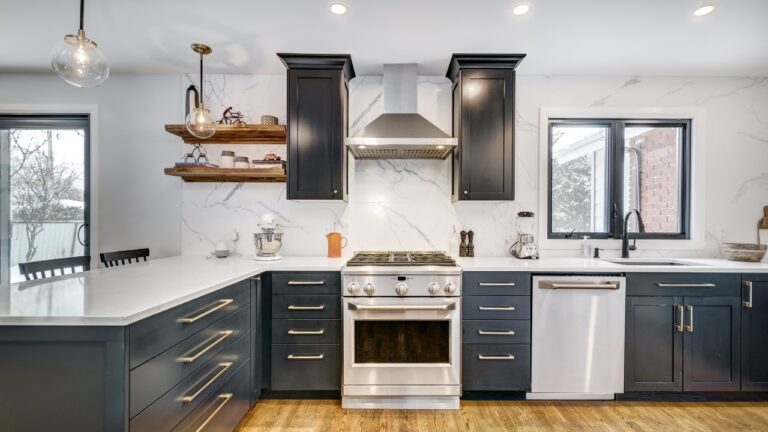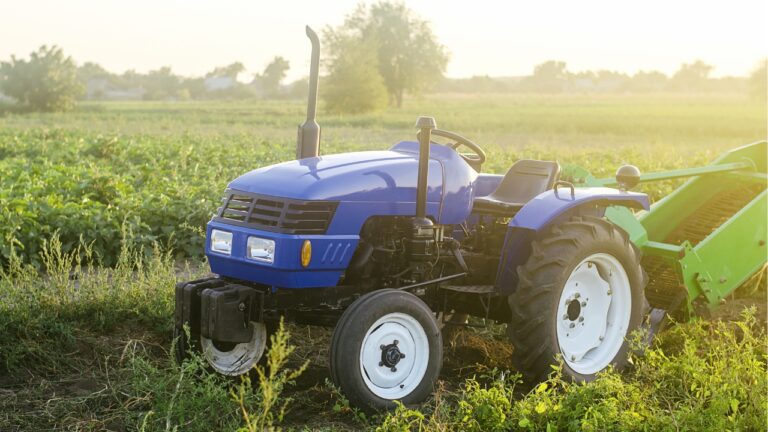The Best Firewood Types That Actually Burn Clean and Hot
If you’re tired of smoky fires and cold nights, it might be time to rethink what’s stacked in your woodpile. Not all firewood burns the same. Some types burn hot and clean, giving you steady heat without coating your chimney in creosote. Others waste your time and leave behind a mess. These are the firewood types that are actually worth the effort.
Oak

Oak is one of the best all-around choices for firewood. It burns hot, clean, and slow—everything you want when heating a space for the long haul. Red oak and white oak both perform well, but white oak tends to burn a little longer.
The catch? It needs time. Let it season for at least a year, ideally two. Once it’s dry, though, you’ll get consistent heat with minimal smoke and very little ash.
Hickory
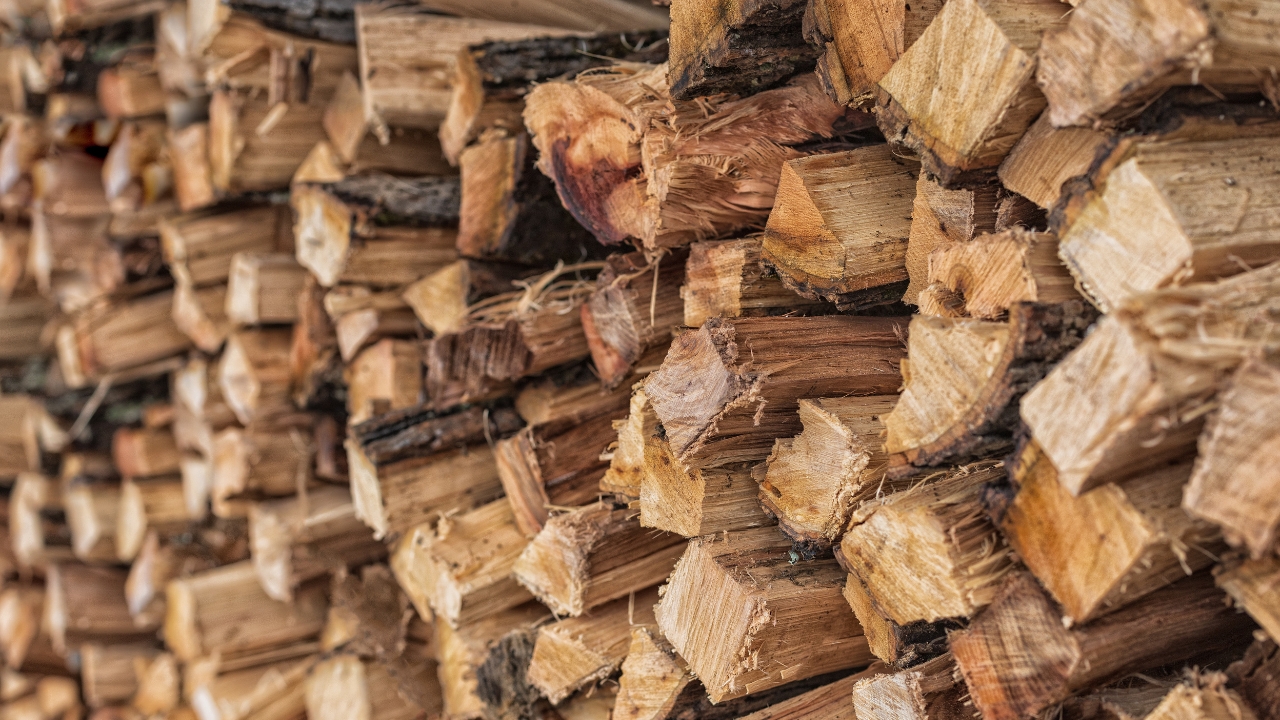
Hickory burns hotter than most woods and gives off a steady, long-lasting heat. It also has a pleasant, mild scent, which makes it a go-to for both heating and cooking.
It’s dense and heavy, so it takes longer to dry—closer to 18–24 months if you want the best performance. But once it’s ready, hickory is one of the most efficient and reliable firewood options you can stack.
Hard Maple

Hard maple—like sugar or black maple—burns clean and produces solid heat. It’s not quite as hot-burning as hickory, but it’s easier to split and seasons a little faster.
It lights well once dry, and it doesn’t smoke much. You’ll get steady warmth without the mess, and it tends to leave less creosote behind compared to softer woods.
Beech

Beech is another solid hardwood that burns hot and for a long time. It splits fairly easily when green and seasons in about a year if stored right.
Once it’s dry, it burns with a steady flame and low smoke. Beech holds its coals well too, which helps you maintain heat without constantly feeding the fire.
Ash
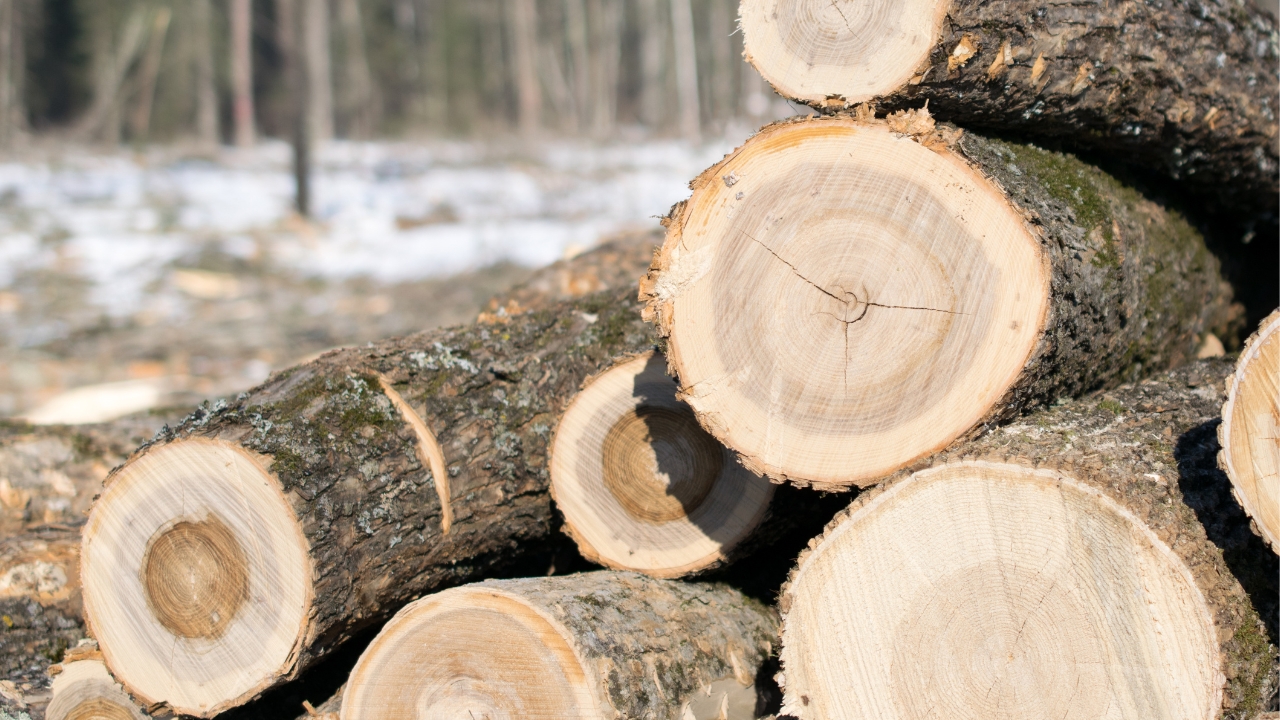
Ash is one of the few firewood types you can burn green in a pinch, but it performs best once fully seasoned. It lights quickly, burns evenly, and doesn’t produce a ton of smoke.
It also dries faster than most hardwoods—sometimes in as little as six months—making it a great option if you need reliable heat and don’t have years to wait.
Black Locust

Black locust is dense and burns extremely hot. It’s not the easiest wood to split, but once seasoned, it gives off long-lasting heat that can keep a house warm all night.
It also produces very little smoke and has a low moisture content when dry, which makes it cleaner burning. You don’t need much of it to get a strong, efficient fire going.
Cherry
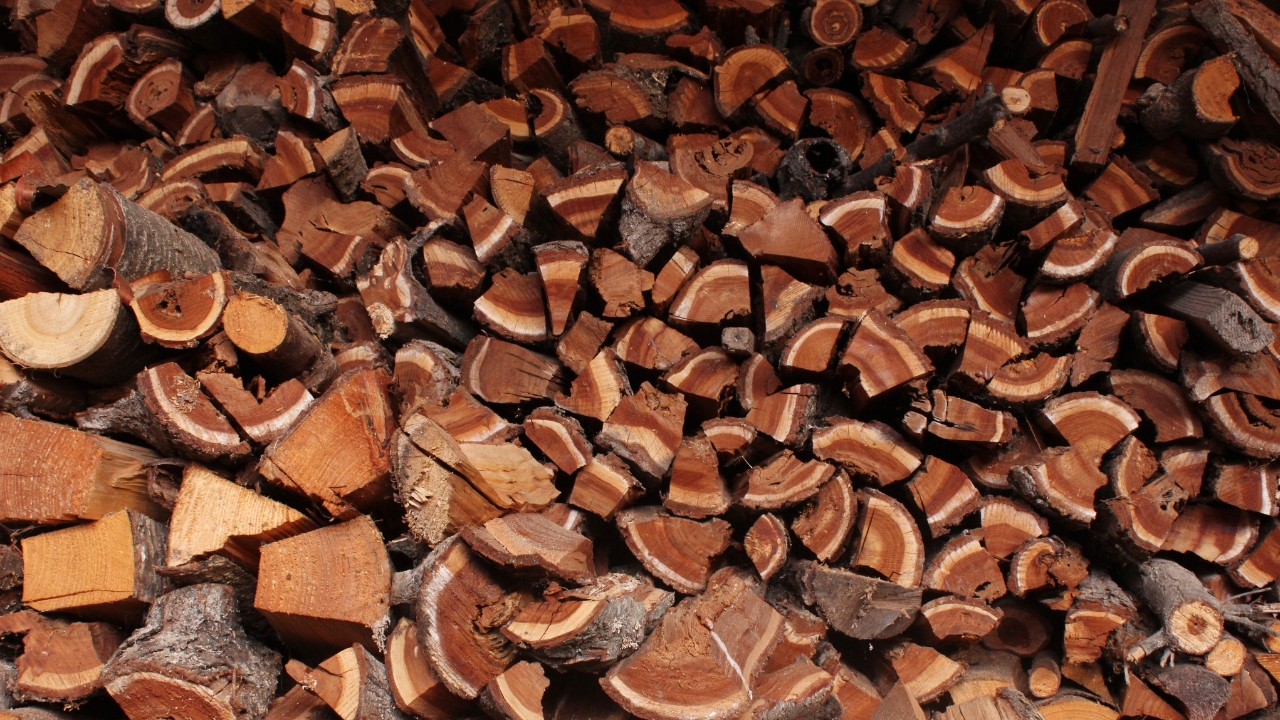
Cherry might not burn as hot as oak or hickory, but it’s still a great firewood option. It produces a pleasant smell, low smoke, and a steady flame.
It’s also easier to split and dries a little faster than some of the denser hardwoods. If you care about the scent of your indoor fire—or you cook with your wood—cherry’s a solid choice.
Birch
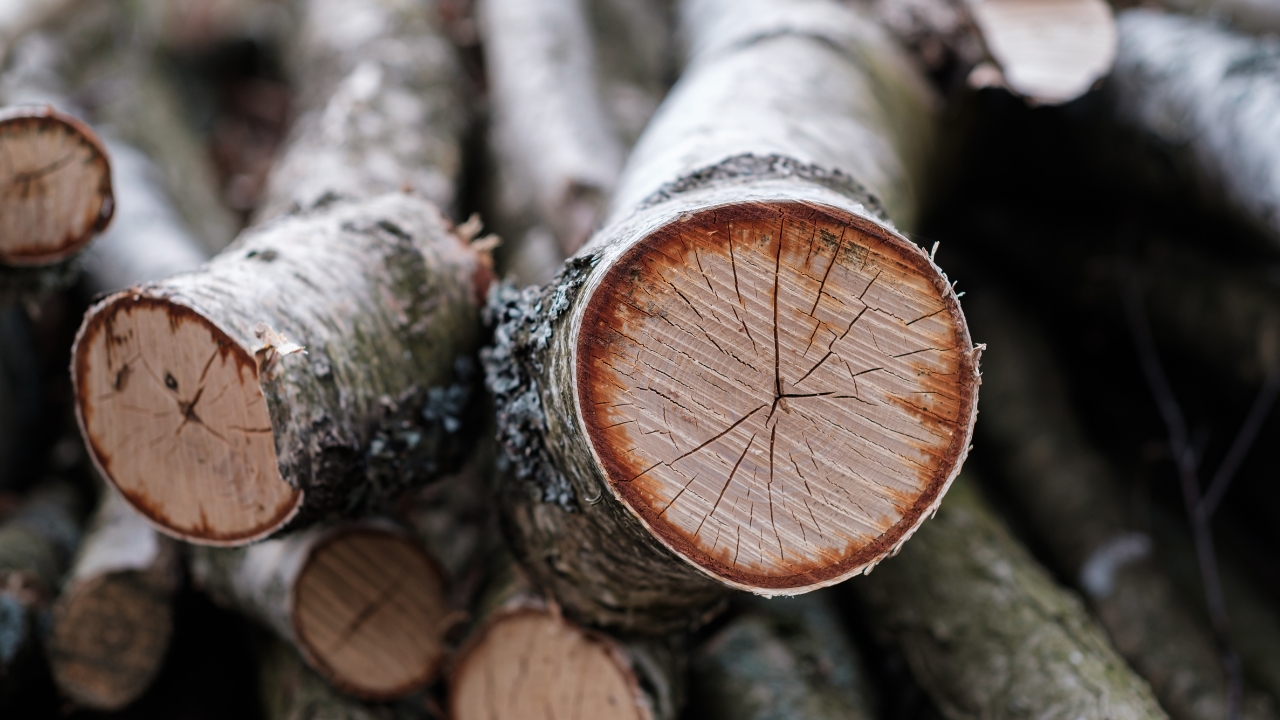
Birch lights easily and burns fast and hot. Yellow birch is the best of the bunch, with black birch a close second. White birch burns faster and doesn’t last as long, but it’s still better than most softwoods.
It does have a higher moisture content when green, so make sure it’s fully seasoned before burning. Once it is, it’s a good starter wood or supplement to longer-burning logs.
Apple

Apple wood burns slow and smells amazing. It’s hard to find in large amounts unless you’re cutting down old trees from an orchard, but if you can get your hands on some, it’s worth it.
It puts off consistent heat, holds a good coal bed, and works well in stoves and fireplaces. It also doubles as excellent cooking wood thanks to its sweet smoke.
Ironwood (Hop Hornbeam)

Ironwood lives up to its name—dense, heavy, and slow to burn. It’s harder to split than most, but once it’s dry, it burns clean and produces a ton of heat.
It’s a great option if you want overnight fires that actually hold until morning. Just give it time to dry fully—it needs at least a year—and you’ll get high performance from every log.
*This article was developed with AI-powered tools and has been carefully reviewed by our editors.

